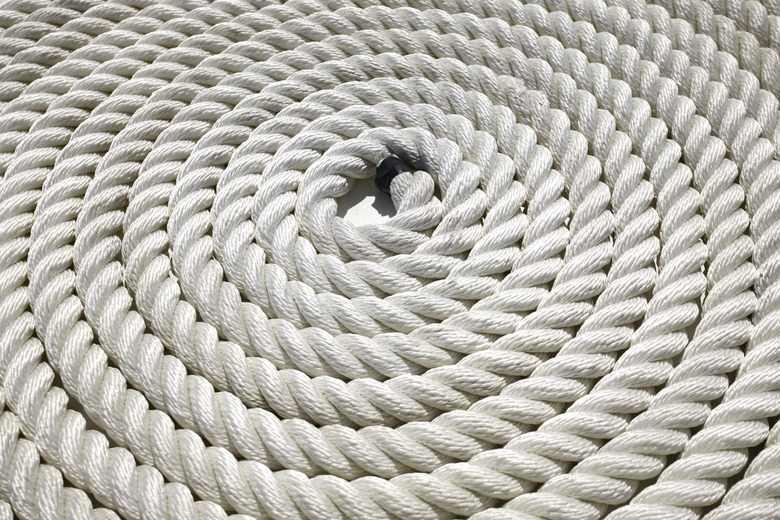What Are The Coils Of DNA In The Nucleus?
The coils of DNA in the nucleus are called chromosomes. Chromosomes are very long stretches of DNA that are neatly packed together by proteins. The combination of DNA and the proteins that package DNA is called chromatin. The finger-like chromosomes are the most densely packed state of DNA. Packaging starts at a much earlier stage, when DNA wraps around balls of proteins called nucleosomes. Nucleosomes then stick together to form a thicker fiber called the 30-nanometer fiber. This fiber then forms coils, which bend to form even larger coils. The coiled coils are how DNA is densely packed into finger-like chromosomes.
Chromosomes
Chromosomes
Chromosomes are the structures that protect and control the genetic information in DNA. Chromosomes can be long and outstretched, or they can be tightly packed into thick finger-like structures. The outstretched state makes DNA easier to read, but vulnerable to breakage. The dense, finger-like state allows chromosomes to be neatly pulled apart when a cell divides, but makes reading the information harder. Humans generally have 23 pairs of chromosomes, meaning they have 46 chromosomes. Half of each pair of chromosomes comes from each parent. Two of the 46 are called sex chromosomes, because they determine a person's sex. The other 44 are called somatic chromosomes because they contain genes that determine other biological features.
Histones and Nucleosomes
Histones and Nucleosomes
The most basic unit of a chromosome is DNA wrapped around nucleosomes. A nucleosome is a ball of eight proteins called histones. Histones are positively charged so that they attract the negatively charged DNA, which wraps twice around a nucleosome. DNA wrapped around nucleosomes is like a string of pearls. Histones are great for wrapping DNA because their positive charges can be modified when certain molecules are attached to them. The more positively charged the histones, the tighter the DNA will wrap around it. Dampening the positive charge on the histones loosens their grip on DNA. Loosened DNA is more easily transcribed, or read into mRNA.
Fibers and Coils
Fibers and Coils
The second level of packaging DNA happens when the string of DNA and nucleosomes crunch together to form a thick fiber. This fiber is 30 nanometers in diameter, and is referred to as the 30-nanometer fiber. This fiber then folds on itself to form loops along a rod of proteins, like branches growing out from a tree trunk. This tree trunk structure then takes on a helical shape, like that of a telephone cord. DNA is so long that the helical coil itself becomes like a big fiber, which can be coiled again. The density of a chromosome is like that of many cords coiled into a circle and stacked together in large crates, which are shipped in cargo containers pulled by 18-wheeled trucks — but in a chromosome, all the cords are connected.
Centromeres & Telomeres
Centromeres & Telomeres
Human chromosomes have similarities in their structure. Near the middle of the chromosome is a region of proteins called the centromere. The centromere is like a strong belt. During cell division, when chromosomes are pulled apart into two cells, they are pulled by their centromeres. Pulling the strong centromere, not other parts of the chromosome, reduces the chance of breaking the chromosome. The ends of human chromosomes contain stretches of DNA called telomeres. Telomeres do not contain genes, but are shortened every time the cell divides. They exist to protect the genes further in on the chromosome, because the chromosome shortens a bit after each cell division.
Cite This Article
MLA
Ph.D., David H. Nguyen,. "What Are The Coils Of DNA In The Nucleus?" sciencing.com, https://www.sciencing.com/coils-dna-nucleus-19004/. 24 April 2017.
APA
Ph.D., David H. Nguyen,. (2017, April 24). What Are The Coils Of DNA In The Nucleus?. sciencing.com. Retrieved from https://www.sciencing.com/coils-dna-nucleus-19004/
Chicago
Ph.D., David H. Nguyen,. What Are The Coils Of DNA In The Nucleus? last modified March 24, 2022. https://www.sciencing.com/coils-dna-nucleus-19004/
